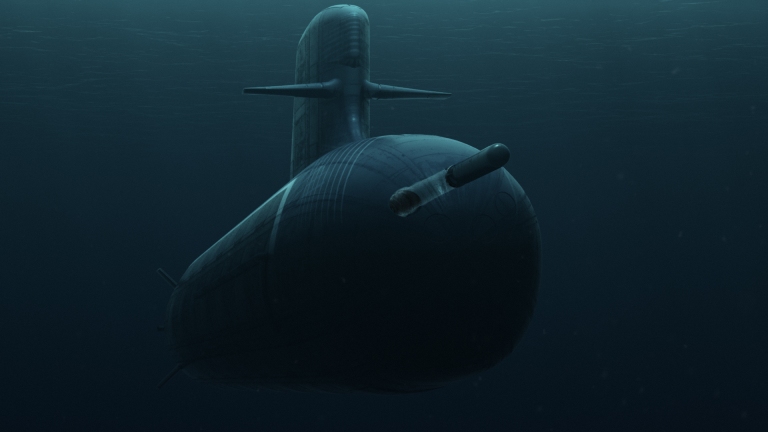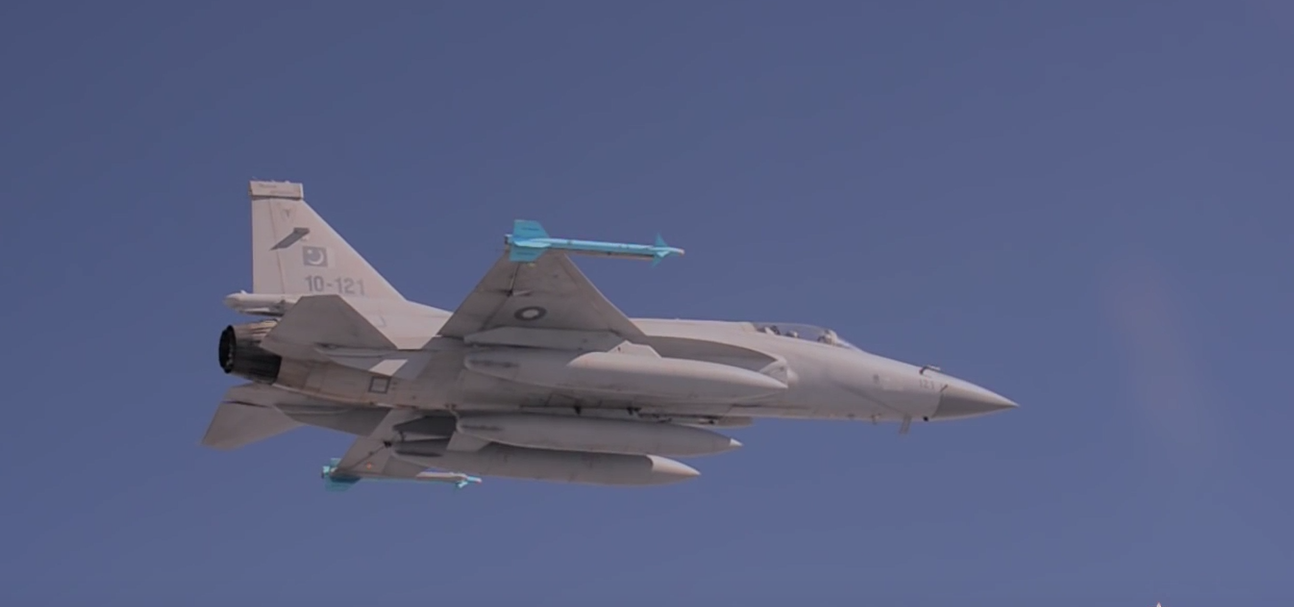2415Views 0Comments

France’s DCNS introduces new naval solutions
The French naval vendor DCNS has unveiled three marquee naval solutions at Euronaval Exhibition, which is currently taking place this week (until 21 October).
SMX 3.0 conventional submarine concept
The SMX 3.0 is being envisaged as a 3,000-ton conventional submarine centered on digitization. According to DCNS, the SMX 3.0 would comprise of next-generation man-machine interfaces (MMI) as well as data relevant subsystems (which it is likely referring to updatable information for sensors such as sonars). As with its predecessors, the SMX 3.0 will be designed to achieve a low level of acoustic detectability. The SMX 3.0 will also serve host to a vertical launch system (VLS) – a first for a conventional French submarine design – which will be able to deploy missiles as well as drones.
FC2G fuel-cell air-independent propulsion (AIP) system
In tandem with the SMX 3.0, DCNS also unveiled its next-generation AIP system for submarines – the FC2G fuel-cell AIP. DCNS is moving away from its ethanol and oxygen powered Module d’Energie Sous-Marine Autonome (MESMA) AIP system, which is currently offered with the Scorpene-class submarine (and its predecessor the Agosta 90B). The FC2G could also be viewed as DCNS’ pivot to emphasize stealth, efficiency and endurance over output and speed.
BELH@RRA 4,000-ton multi-mission frigate
With the aim of providing a versatile medium-displacement multi-mission frigate, DCNS also unveiled the BELH@RRA, a 4,000-ton frigate design to sit between the Gowind and FREMM series of surface warships. It is unclear at this time if the BELH@RRA is the Frégate de Taille Intermédiaire (FTI), though the design profile and clear export-focus seem to suggest that the two are in fact the same (as a base platform). The BELH@RRA will inherit the SETIS combat management system from the FREMM and Gowind, and will be offered as a comprehensive anti-submarine warfare, anti-air warfare, anti-ship warfare, and asymmetrical threat countering solution.
Notes & Comments:
The data leak of August was (and still is) a significant issue for DCNS, but through the SMX 3.0 and FC2G fuel-cell AIP, it is evident that the company is actively working to renew its product line as well as its image in the naval industry. In terms of the latter, DCNS is evidently looking to present itself as a forward-leaning entity, one that has adopted conceptual cues of its rivals (e.g. fuel-cell AIP and VLS) and is cognizant of the benefits of data-driven applications (e.g. storing and updating acoustic signatures for sensors onboard the platform) in current and future naval environments.
True success will be determined by DCNS’ ability to secure customers. The Arab Gulf and Pacific Asia will certainly be key areas of consideration for the SMX 3.0 and BELH@RRA, especially since current DCNS customers (e.g. Saudi Arabia, Singapore, and Malaysia) are present in those regions.


